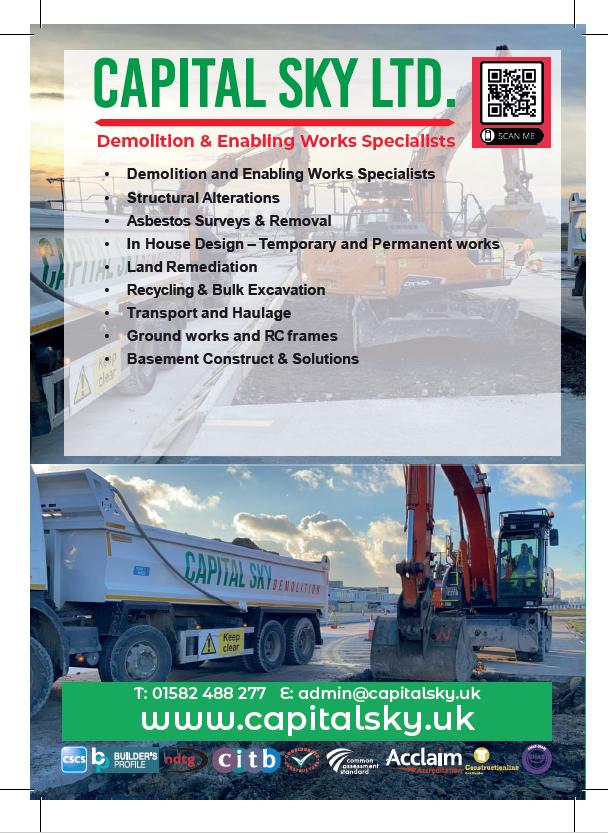

TABLEOFCONTENTS
The art of follow ing up w ithout being annoying.
Why your sm artphone m ight be sabotaging your productivity (and w hat to do about it)
The new executive uniform : how pow er dressing evolved in the rem ote w ork era. 4 8 13 20 26 32 38 46
The confidence gap : w hy com petent people doubt them selves.
Meeting-free Mondays : Com panies that banned m eetings and w hat happened.

We come to Pulse L fe, where business meets living wel .
In a world where the boundaries between work and ife cont nue to blur, were here to he p you navigate the evo ving landscape of modern professional l ving with nte ligence, style, and purpose
Why is it so hard for young people to get jobs?
Is Matcha a healthier alternative to Coffee? Here's w hat you need to know
The art of saying 'no' w ithout burning bridges
At Pulse Life, we believe that success isn t just about climb ng the corporate ladder? it's about creating a life that energises rather than exhausts you Our pages are fi led with the stor es, ins ghts, and practical w sdom that matter to today's amb t ous professiona s who refuse to choose between career achievement and personal fulfilment
In this ssue, we explore the revolutionary companies that have banned meetings on Mondays, giving their teams the breathing space to think strategical y rather than reactively We delve into the new era of workwear for the remote worker, where comfort meets credibil ty in unexpected ways We examine why even the most competent business people find themse ves plagued by self-doubt, and share the psychologica strategies that he p overcome imposter syndrome. Plus, we master the delicate art of saying no without burning bridges? perhaps the most crucial ski l for sustainable success
Whether you re reshap ng your career, re magining your wardrobe, or simply seeking inspiration for a more ntentional way of work ng, Pulse L fe is your companion n the journey toward professional excellence and personal satisfaction




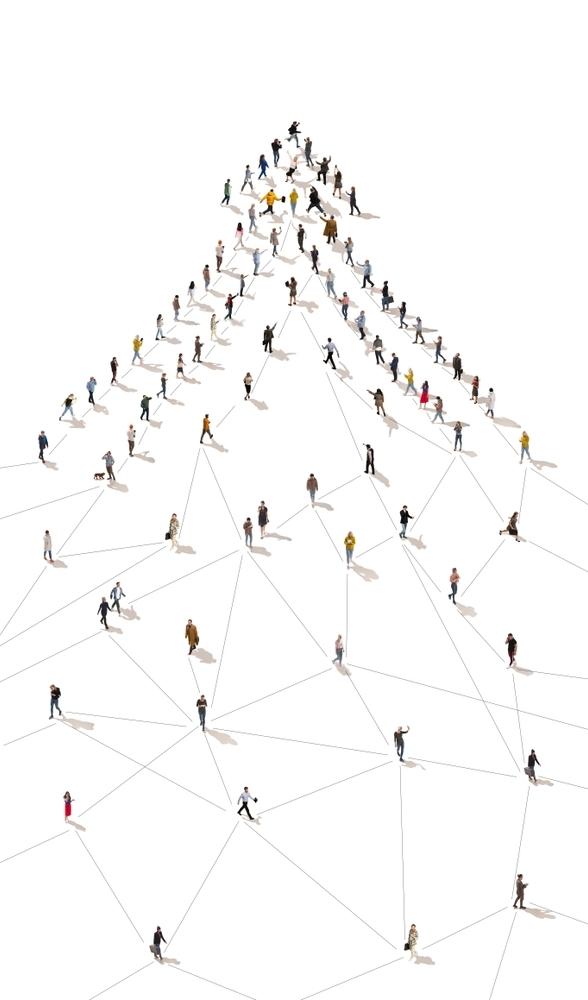
The Art of Following Up Without Being Annoying
We've all been there. You've had a promising conversation with a potential client, sent a thoughtful proposal, or made a valuable connection at a networking event. Then... silence. The temptation to fire off multiple emails or leave voicemails asking "Did you get mymessage?"becomes overwhelming. But there's a fine line between persistent and pestering, and crossing it can destroy relationships before they even begin
The secret to effective follow-up isn't about frequency? it's about value Every time you reach out, you should be offering something useful, not just asking for something in return Instead of sending another "just checking in"email, share a relevant article, introduce them to a useful contact, or offer insights that could help their business This transforms your follow-up from an interruption into an opportunity.
Timing matters more than you think. The
best follow-up sequences are spaced strategically, not scattered randomly Start with a thank-you note within 24 hoursof your initial meeting or conversation. This isn't about selling? it'sabout reinforcing the connection while you're still fresh in their mind. Wait a week before your next meaningful contact,then gradually extend the intervals Agood rule of thumb is to double the time between each subsequent follow-up: oneweek, two weeks, one month, two months.
Context is everything when crafting your message. Reference specificdetails from your previousconversation to show you were genuinelylistening. Instead of generic pleasantries,mention the challenge they shared about their supply chain or the expansion plans they're considering This personal touch proves you're not just blasting the same message to hundredsof contacts
...theresafine line between persistant and pestering,and crossing it can destroy relationships before they even begin.
The medium you choose sends a message too. Email works for most professional follow-ups, but don't underestimate the power of a handwritten note for truly important relationships LinkedIn messages can be effective for staying visible without being intrusive, while phone calls should be reserved for when you have something genuinely urgent or valuable to discuss. Know when to pivot your approach If someone hasn't responded after three well-crafted, value-driven follow-ups spread over several months, it's time to change tactics Move them to your longer-term nurture list and focus on providing occasional value without any ask attached. Sometimes the best follow-up is no follow-up? at least not in the traditional sense.
The most successful professionals understand that following up is about
building relationships, not closing deals They focus on becoming a valuable resource in their contact's network rather than just another salesperson vying for attention They ask themselves, "Howcan I help this person succeed?"rather than "Howcan I get what I want from them?"
Remember, people are busy, distracted, and overwhelmed Your lack of response isn't personal? it's probably practical By approaching follow-up as an opportunity to serve rather than sell, you'll stand out from the crowd of desperate voices clamoring for attention The goal isn't just to get a response; it's to build trust, demonstrate value, and create relationships that benefit everyone involved
Master this balance, and you'll find that people actually look forward to hearing from you.
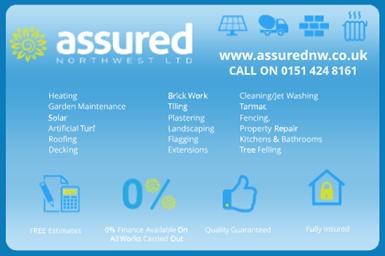

Why your sm artphone
m ight be sabotaging your productivity (and w hat to do about it)
Your smartphone promised to make you more efficient, but it might be doing the opposite Research shows the average executive checks their phone 144 times per day? that s once every six minutes during waking hours Each interruption doesn't just steal seconds; it fragments your attention and derails deep work for up to 23 minutes afterward.
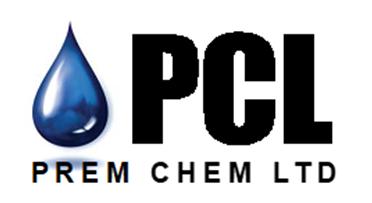
The Hidden Product ivit y Killers


Those helpful notifications are actually productivity vampires Every ping triggers a dopamine response, training your brain to crave constant stimulation. Even when you resist checking immediately, your mind is still partially occupied wondering what you're missing. This "attention residue" reduces your cognitive capacity for complex tasks by up to 40%
The real problem isn't just distraction? it's the illusion of productivity. Responding to emails and messages feels urgent and important, but it's often just busy work disguised as progress You re confusing motion with momentum.
Reclaim Your Focus
Start with a digital detox audit. Turn off all non-essential notifications Yes, all of them Your phone should interrupt you only for genuine emergencies, not every newsletter or social media like. Use your phone's built-in screen time controls to set app limits and
create phone-free zones during focused work periods.
Implement the "phone in another room" rule during deep work sessions.Physical distance creates the friction needed to break automatic checking habits If you need your phone for work, use airplane mode with WiFi enabled to block calls and texts while maintaining internet access.
St rat egic Phone Use
Schedule specifictimes for checking messages? perhapsevery two hours? rather than respondingreactively. Batch similar tasks together: return all calls at once, process emails in dedicated blocks, and handle administrative tasks duringyour natural energy dips.
Your smartphone should serve your goals, not sabotage them By creating intentional boundaries around your device usage, you'll reclaim the deep focus that drives real productivity and meaningful work
?Innovation is seeing what everybody has seen and thinking what nobodyhas thought.?

Dr. Albert Szent-Györgyi, Nobel Prize-winning Scientist
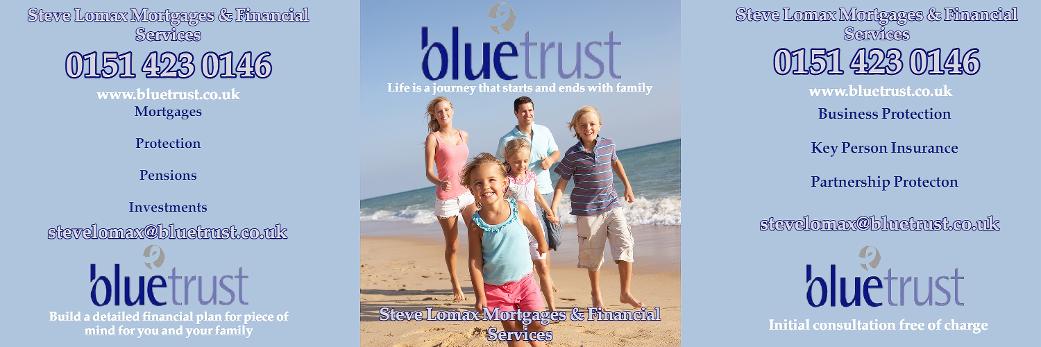
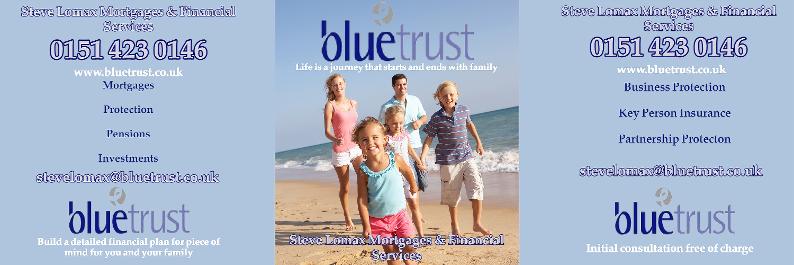


Photo by Mahdis Mousavi on Unsplash

The Confidence Gap: Why Com pet ent People Doubt Them selves
In boardrooms across the globe, a peculiar phenomenon plays out daily. The most qualified person in the room hesitates to speak up, while someone with half their expertise dominates the conversation with unwavering certainty. This isn't coincidence? it's the confidence gap, and it's silently undermining some of our most capable professionals
The Paradox of Competence
The cruel irony of expertise is that the more you know, the more you realize you don't know. This psychological phenomenon, rooted in the Dunning-Kruger effect's lesser-known counterpart, explains why highly competent individuals often experience the greatest self-doubt. While incompetent people overestimate their abilities due to their lack of awareness, truly skilled professionals become acutely conscious of the complexity and nuance in their field.
Aseasoned financial analyst understands the
countless variablesthat could impact a market prediction, making them cautious about bold forecasts Meanwhile,a newcomer with surface-level knowledgemight confidently declare market trends based on limited data. The analyst's hesitation isn't weakness? it s wisdom But in fast-paced business environments, thisthoughtful approach can bemistaken for lack of conviction
The Perfectionist s Trap
High achieversoften fall into the perfectionist s trap, setting impossiblyhigh standardsthat guarantee feelings of inadequacy.They've succeeded by being thorough,careful, and self-critical? qualities that served them well on their rise to expertise but nowsabotage their confidence. Everypresentation becomes an opportunity to find flaws,every decision a chance to second-guess themselves.
This internal critic becomesparticularly loud during high-stakes situations The senior marketing
?The m ore you know , the m ore you realise you don? t know .?
Aristotle

director who's launched dozens of successful campaigns suddenly questions every element of their strategy when presenting to the C-suite. Their competence hasn't diminished, but their awareness of what could go wrong has expanded exponentially.
The Knowledge Curse
Competent professionals suffer from what psychologists call the "curse of knowledge"? difficulty remembering what it s like not to know something This creates a disconnect between their internal experience and external perception While colleagues see an expert, the individual focuses on the gaps in their knowledge, the questions they can t answer, and the problems they haven t yet solved
Asoftware architect might downplay their abilities because they re intimately familiar with the limitations of their current system design. They see
every potential vulnerability and optimization opportunity, interpreting this awareness as inadequacy rather than expertise. Less experienced developers, unaware of these complexities, appear more confident simply because they don t know what they don't know.
The Gender and Cultural Dimensions
Research consistently shows that women and individuals from certain cultural backgrounds experience the confidence gap more acutely Women are often socialized to be modest about their achievements and to consider multiple perspectives before speaking, while some cultures emphasize humility and collective decision-making over individual assertion In competitive business environments that reward quick, confident responses, these thoughtful approaches can be misinterpreted as uncertainty or lack of leadership potential
Breaking the Cycle
Overcoming the confidence gap requires reframing expertise as strength rather than burden Competent professionals need to recognize that their awareness of complexity and nuance is precisely what makes them valuable Their hesitation often ref ects appropriate caution in high-stakes situations, not incompetence
Practical strategies include keeping a "wins journal" to document successes and positive feedback, practicing confident body language even when feeling uncertain, and reframing uncertainty as intellectual honesty rather than weakness Organizations can help by creating environments that value thoughtful analysis over quick answers and by recognizing that the most confident-sounding person isn't always the most competent
?The greatest obstacle to discovery is not ignorance? it is the illusion of know ledge.?
Daniel J . Boorstin
Paradoxically, professionalswho experience appropriate self-doubt often make better leaders and decision-makers They consider multiple perspectives, prepare thoroughly,and remain open to feedback? qual ties that drive sustainable success The key is learning to project confidence externally whilemaintaining healthy internal skepticism
The confidencegap isn t a character flaw to be eliminated? it'sa natural byproduct of genuine expertise The goal isn't to become overconfident but to align external expression with internal competence Sometimesthe most confident thing you can do is acknowledge the limits of your knowledge while standing firmly behind what you do know
The Competitive Advantage







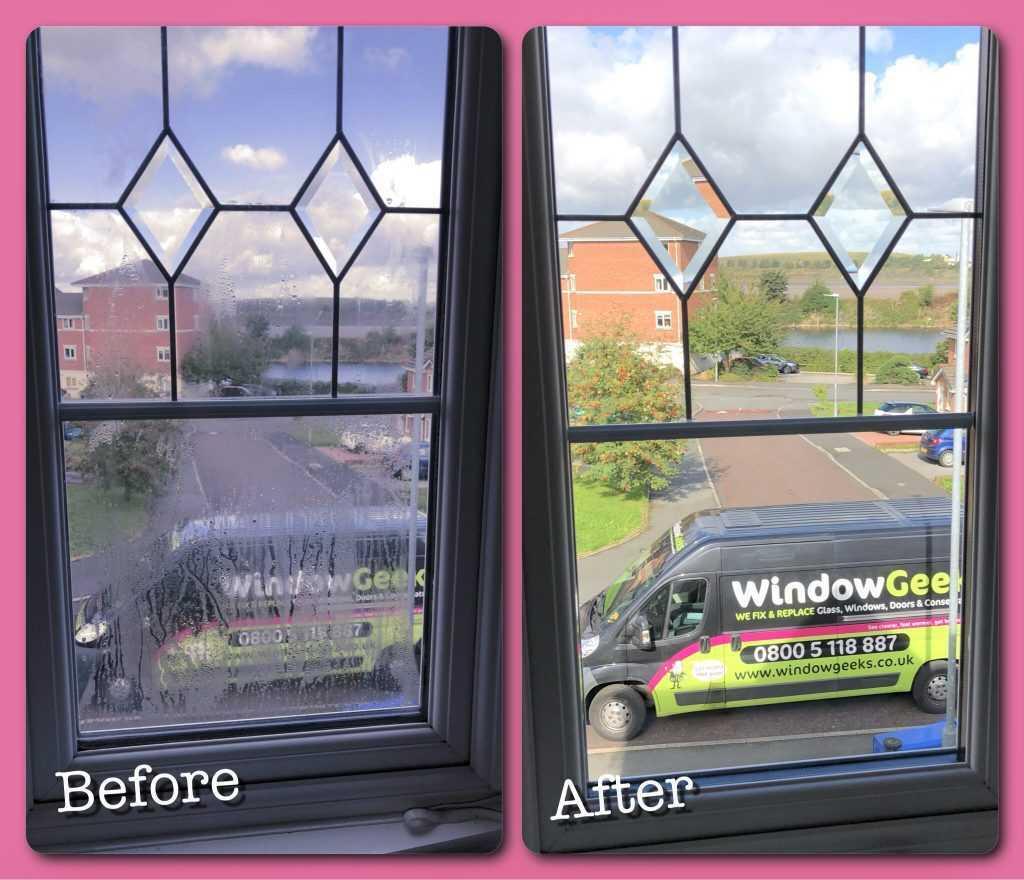

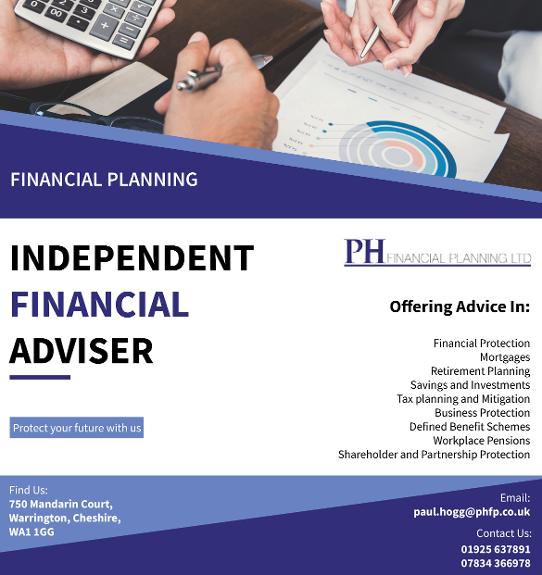
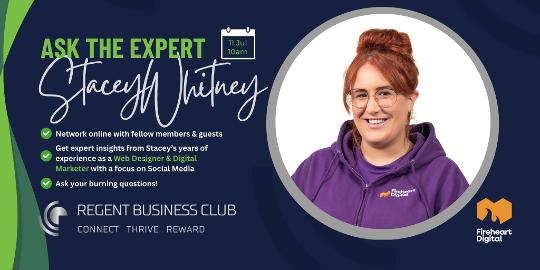

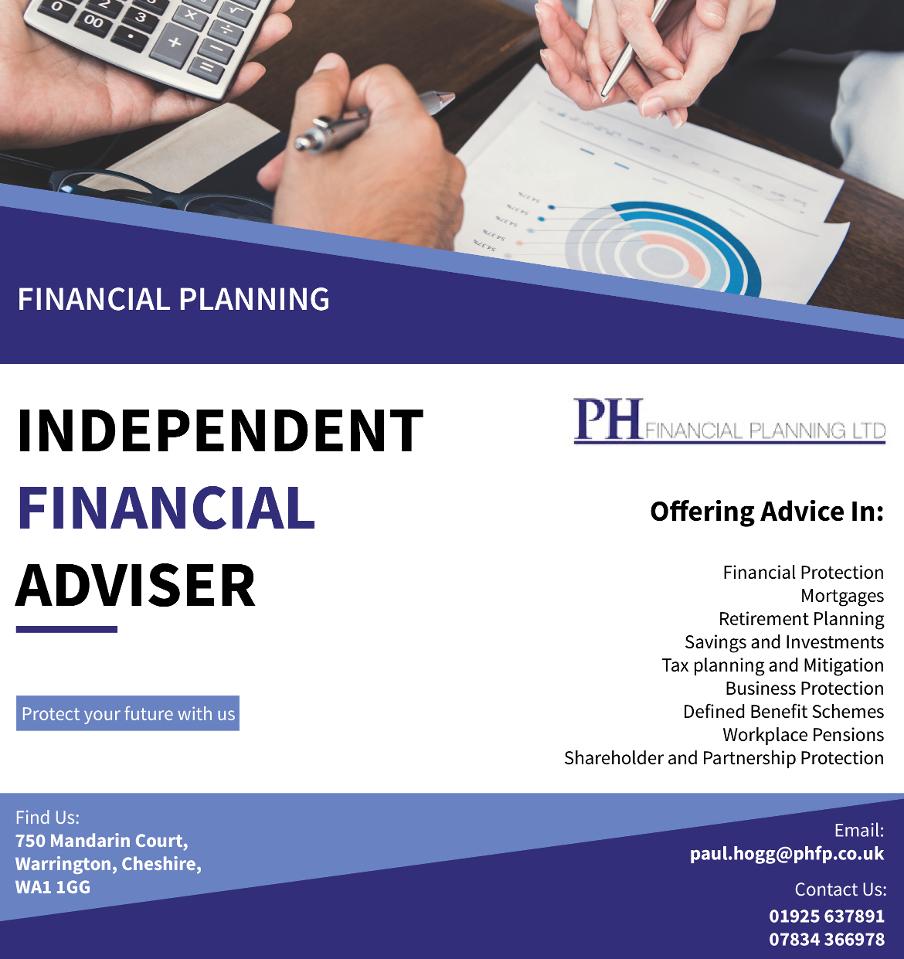


Meeting-Free Mondays: Companies That Banned Meetings and What Happened
When Shopify announced it was eliminating all recurring meetings with more than two people, deleting 12,000 calendar events in the process, skeptics predicted chaos. Instead, the e-commerce giant reported increased productivity, faster decision-making, and happier employees. They weren t alone? a growing number of companies are discovering that strategic meeting bans can transform their workplace culture
The Meeting Epidemic
The average knowledge worker spends 37%of their time in meetings, with executives clocking in at over 23 hours per week. Microsoft's 2023 Work Trend Index revealed that meeting time has tripled since 2020, while actual productivity metrics have stagnated The math is simple: more meetings don't equal more progress Companies began questioning this meeting mania when they realised the hidden costs. Beyond the obvious time drain, meetings
interrupt deep work, fragment attention,and often exclude the people who actually do the work while includingthose who simply need to "stay informed." The result? Decisions madeby committees who won't implement them, and implementersleft guessingabout context and priorities.
The Pioneers and Their Results
Asana implemented "No Meeting Wednesdays" across their entire organisation and saw immediate results. Productivity scores increased by 25%,and employee satisfaction ratings for work-life balance jumped significantly. Employees reported using the uninterrupted time for strategic thinking, creative problem-solving,and tackling complex projects that requiresustained focus
Buffer took adifferent approach with "Meeting-FreeMondays," giving employees a full day to dive deep into their most important work without interruptions The social media
"Meetings are indispensable when you don't want to do anything."
John Kenneth Galbraith
Making It Work
Success requires more than just blocking calendar time. Companies that thrive with meeting-free periods invest heavily in digital collaboration tools, establish clear communication protocols, and train managers to lead through outcomes rather than oversight They also create guidelines for what constitutes a meeting-worthy topic versus something that can be handled asynchronously.
The key is intentionality These companies didn't eliminate meetings entirely? they eliminated meaningless meetings. The meetings that remained became more focused, better prepared, and action-oriented because
everyone understood theywere competingfor scarce calendar real estate
The Bottom Line
As remote and hybrid work continuesto evolve, companies are learning that protecting uninterrupted work time isn't just a nice-to-have? it'sa competitive advantage. The organisationsbold enough to challenge meeting culture are discoveringwhat their most productive employees have always known: sometimes the best way to get more done is to talk about it less and do it more.
management company found that their highest-quality work consistently emerged from these protected days Customer support response times improved, product development accelerated, and employee stress levels decreased measurably. Dropbox went even further, implementing "Calendar Reset Days" where all recurring meetings were canceled company-wide, forcing teams to justify which meetings truly added value before rescheduling them Only 35% of meetings made it back onto calendars, yet productivity and project completion rates actually increased.
The Unexpected Benefits
What surprised these companies wasn't just the productivity gains? it was the cultural
transformation. Without the crutch of endless meetings, teams became more intentional about communication Written updates replaced status meetings, forcing clearer thinking and better documentation. Asynchronous decision-making flourished, allowing global teams to collaborate more effectively across time zones
Employees reported feeling more respected and trusted Instead of being micromanaged through constant check-ins, they were given autonomy to manage their work and update stakeholders meaningfully. This shift particularly benefited introverted team members who often struggle to contribute in meeting-heavy environments but excel when given space for thoughtful, written communication

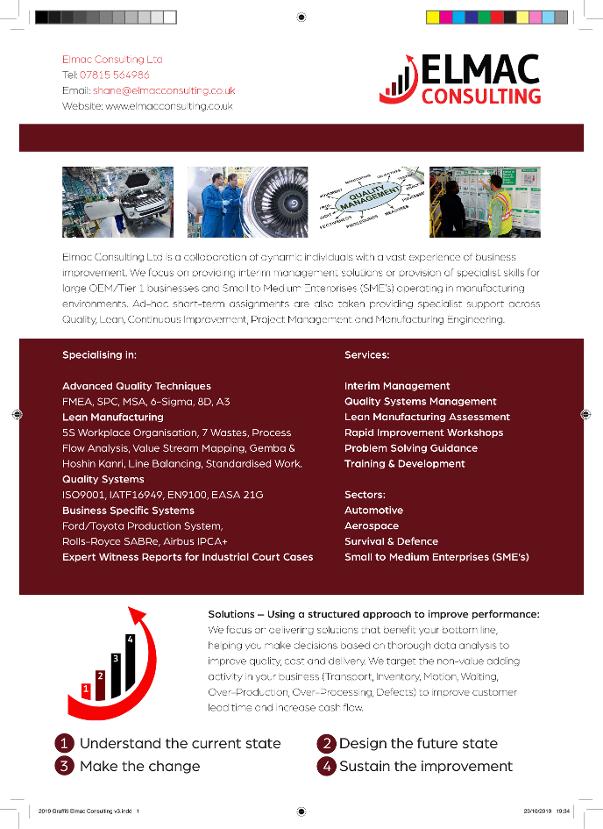

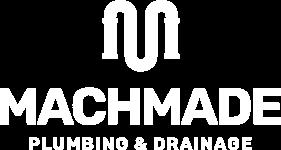

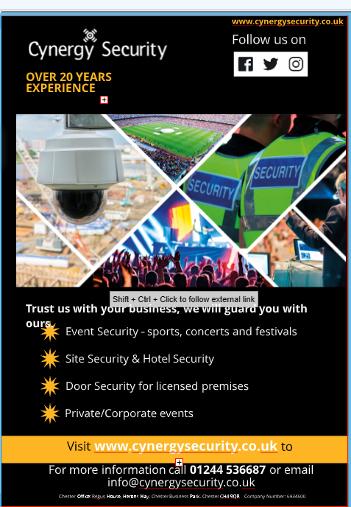

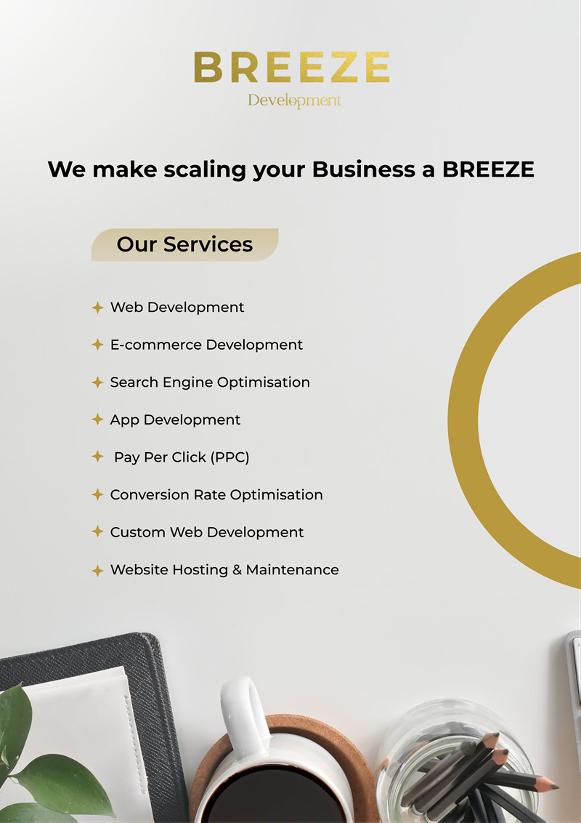

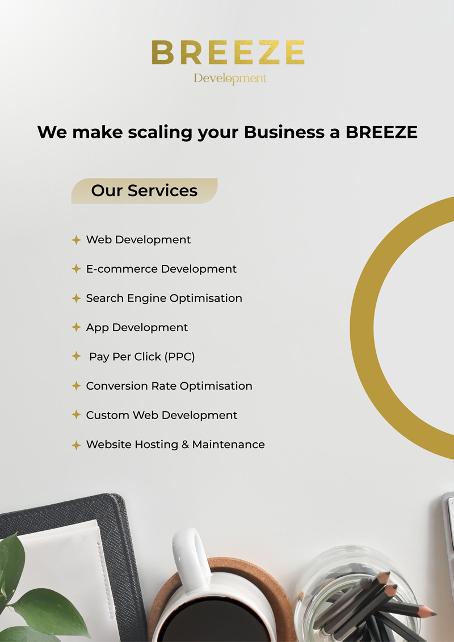

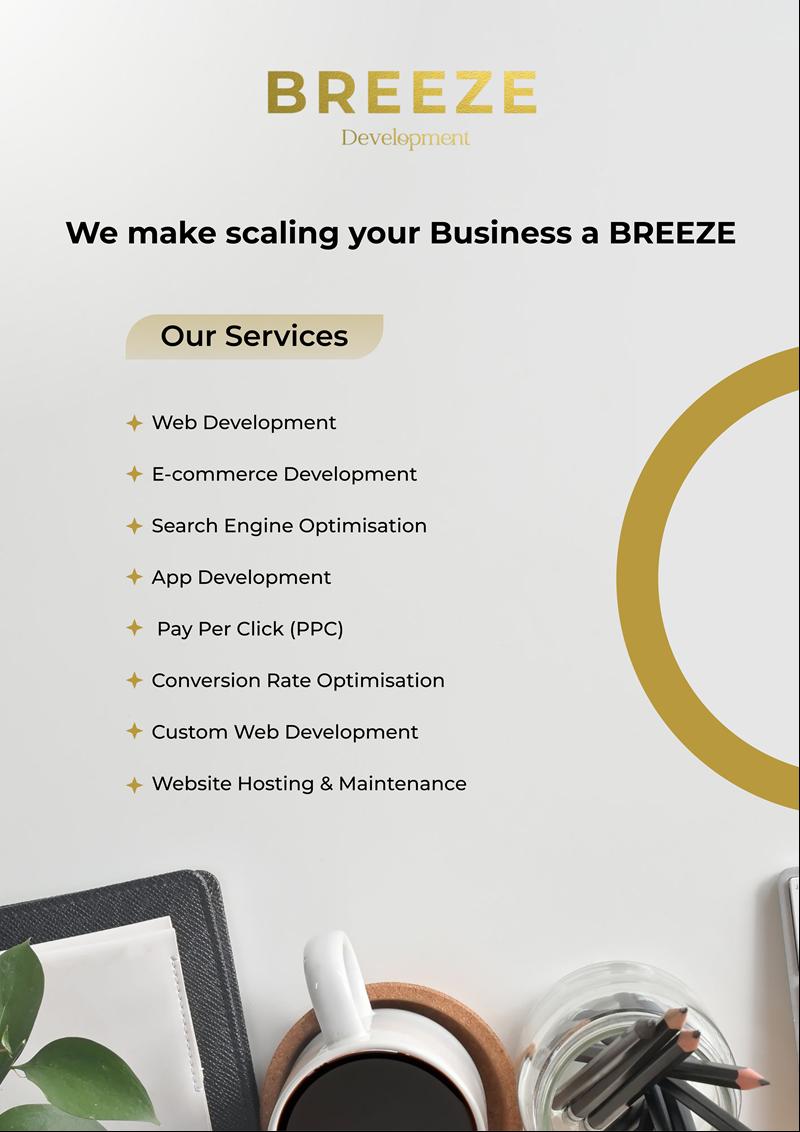
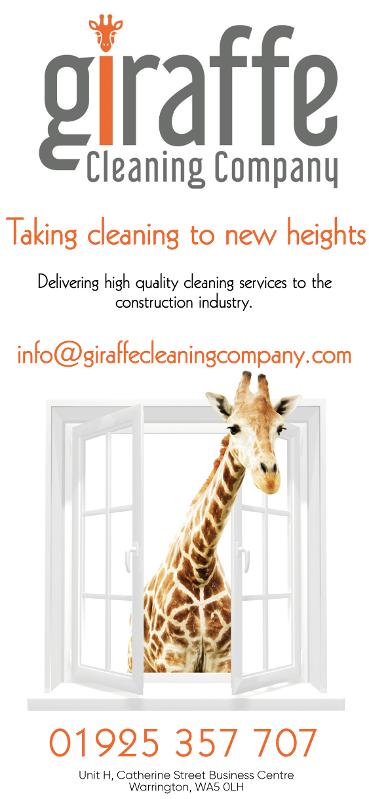

Why is it so hard for young people t o get jobs?
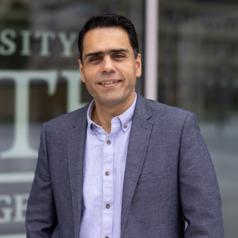
Farooq Mughal
Sen or Lecturer (Associate Professor), Management Strategy & Organisation,University of Bath
For generations, young people have been told the path to opportunity is clear. Study hard, get a degree, and success will follow. This promise ? central to the idea of ?meritocracy?? has shaped the aspirations and investments of millions (though in reality, access to university and employment is also shaped by factors like family income, schooling and geography).
Today, however, many graduates in the UKand elsewhere are struggling to land a job? and it?s a problem which extends far beyond finding
roles that match their qualifications In some cases, graduates are being turned down for roles in supermarkets or warehouses? not because they?re unqualified, but because they?re seen as overqualified, too risky or surplus to requirements
In terms of the UKeconomy, this isn? t just a problem of job shortages It signals a deeper breakdown in the social contract ? the long-held promise that education leads to opportunity. And it exposes how the connection
between learning and labour is coming undone.
As the focus of employers, higher education providers and the state has shifted towards the notion of ?employability?? the skills and attitudes that help people get and keep jobs ? labour markets have become highly competitive and spoilt for choice
At the same time, it?s worth remembering that while employment remains a key concern, the value of education extends far further ? shaping personal growth and civic engagement, for example.
Employability places the burden squarely on young people to become work-ready while ignoring the wider barriers they face. These include hiring algorithms, labour market saturation as graduate numbers remain high while vacancies dry up, and uneven access to opportunity
Even with degrees and internships, many young people are finding themselves locked out of meaningful work Research I undertook with colleagues on education-to-work transitions shows how graduates often invest heavily in becoming employable through a mix of soft skills, adaptability and professionalism But these efforts now rarely guarantee a job
Instead, graduates frequently enter a labour market that is both oversaturated and under-responsive Over the past two decades, the number of graduates in the UKhas grown sharply This surge has intensified competition, pushing many into roles below their qualification level.
The UKgovernment?s Get Britain Working white paper recognises this disconnect. It also
highlights the legacy effects of the COVID pandemic, especially among young people aged 16?24 who are not in education, employment or training (Neets) ?of which thereare now estimated to be987,000, and rising.
But while the government?sproposed youth guarantee schemeoffers basic training and apprenticeships, it doeslittle for those already in the labour market.
What?s blocking the way?
Despite the emphasison developing skills, many young people ?both graduates and non-graduates ?struggle to progress in the labour market.For example, the number of entry-level roles in retail, hospitality and logistics is shrinkingdue to rising costs ,automation and algorithmic hiring systems that privilege some over others
Recent increases to employer national insurance contributionsand the national minimum wage are putting pressure on payrolls, reducingalready limited opportunities for young people
This highlights the limits of the popular narrative that effort always leads to reward The idea that young people just need to try harder collapses under the weight of such constraints.
Businesses arealso facing tight margins, as well as the problemsthat come with high staff turnover due to a lack of career development opportunities,as rising costs make it harder to invest in staff. But our research shows that even highly motivated graduates?those who network, gain skills, take internships and are adaptable ? can struggle to get a foot in the door.
Universities should collaborate with industry to ensure graduate skills align with employer expectations
The UKemployment rights bill, which is making its way through parliament, is designed to curb exploitative labour market practices. But professional bodies and trade associations warn that some employers may respond by cutting staff and reducing flexible work
While reforms such as reframing the purpose of Jobcentres are critical in making unemployment seem unattractive, they are likely to fall short of creating sustained opportunities.
Policy paradox
All of this reveals a paradox. In trying to clamp down on job precarity, the UKgovernment may be shutting young people out of the entry points they need, skilled or otherwise Well-intentioned policies such as the youth
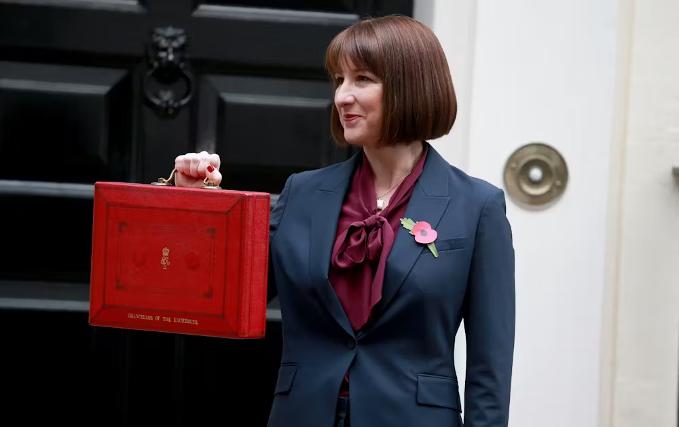
guarantee and employment rights bill risk failure when the labour market often rewards privilege over merit.
Today?s labour market can penalise young people twice over. First, they?re expected to be employable with the right skillset. Yet even when they are, many find the door shut
In my view, the way forward is to create new, accessible roles that reflect a broader duty of care on the part of employers, universities and policymakers This includes building skills pathways along the lines of the Youth Futures Foundation programme, which works in deprived areas to create pathways that connect young people with support and jobs.
It also means embedding hiring practices that
ensure a closer focus on someone?s potential, such as blind recruitment or diverse hiring panels.
Incentivising employers to hire and value young talent could be transformative, as could forging partnerships between universities and industry which focus on building the skills needed for employment
Government initiatives such as the Trailblazers scheme, which identifies young people at risk of falling out of education or employment, are a good start But they could be more effective alongside a combination of digital tools that bring together mobile apps for tracking career progress, a skills dashboard, and AI career advice
Restoring thesocial contract means sharing responsibility.Our research findsthat employers should regularly review how they assess talent and design career pathways
Universities should collaborate with industry to ensure graduate skills align with employer expectations And the government must address deep-seated inequalities shaped by region, class, race and institutional prestige
Ignoring these issues mean they will continue to largely dictatewho gets in,who gets ahead, and who getsleft out Acollective responsibility ensures that education is recognised not just as a route to employment,but as a cornerstoneof a fair, thoughtful and inclusive society.
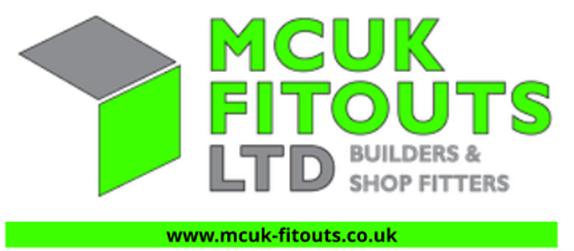
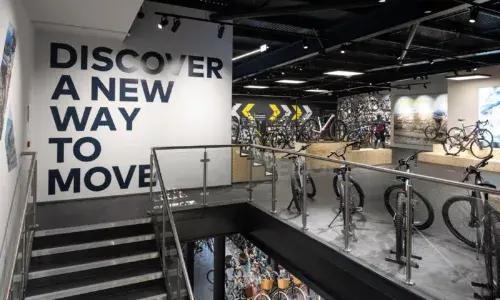
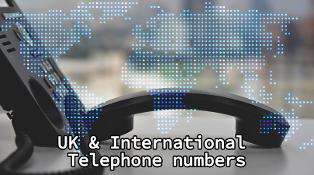





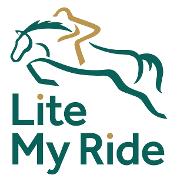



NorthEast
Is matcha a healthier alternative to cof fee? Here?s what you need to know
Matcha, with its vibrant green hue and centuries-old tradition, is often celebrated as a health boosting superfood. But what exactly sets it apart from regular green tea, or even your morning coffee?
Like green and black tea, matcha comes from the camellia sinensisplant The difference lies n how it?s grown and processed While black tea is fermented and regular green tea is simply dried, matcha is shade-grown for several weeks before harvest
This unique method alters the plant?s chemistry, boosting certain compounds like chlorophyll and am no acids and giving matcha its distinct flavour and rich green colour. The leaves are then dried and finely ground into a powder ? hence its name, which literally translates to ?powdered tea?in Japanese.
Although widely associated with Japanese culture and Zen tea ceremonies, matcha actually originated in China It was brought to Japan in the 12th century by Buddhist monks, who used it to support meditation Over time, it became a staple in Japanese tea culture, especially in formal tea ceremonies
From a health perspective, matcha offers many of the same benefits as green tea ? thanks to its high

But high doses can cause side effects like insomnia, anxiety and elevated blood pressure The ?more is better?approach doesn? t apply here, and the optimal dose of caffeine remains unclear
When comparing matcha to coffee, both offer similar antioxidant properties and cardiovascular benefits. However, coffee has been studied more extensively, with clearer guidelines: three to four cups a day appears to be a safe upper limit for most people.
coffee, it contains L-theanine, an amino acid that promotes relaxation and may counteract the jittery effects of caffeine,making it a gentler alternative for people proneto anxiety.
content of polyphenols ,including flavonoids, which are known antioxidants. However, because the leaves are consumed whole in powdered form, matcha may provide a more concentrated dose of these beneficial compounds.
Lots of potential, relatively little research
Matcha is touted for its wide range of potential health benefits: antioxidant, antimicrobial, anti-inflammatory, anti-obesity and even anti-cancer effects, as well as potential improvements in brain function, stress relief, heart health and blood sugar regulation.
But there?s a catch: most of the evidence supporting these claims comes from lab studies (on cells or animals), not robust clinical trials in humans So while the early research is promising, it?s far from conclusive
One thing we do know: matcha contains caffeine? more than regular green tea, though typically less than coffee Caffeine itself has well documented health benefits when consumed in moderation, including improved focus, mood, metabolism and even reduced risk of certain diseases like Alzheimer?s and Parkinson?s
Anthony Booker Reader in Ethnopharmacology, University of Westminster
For matcha, the guidance is slightly more conservative, with sources suggesting one to three cups a day, probably due to the higher levels of polyphenols
Tannins and polyphenols in both tea and coffee can interfere with iron absorption, especially from plant-based foods. Drinking large amounts regularly, particularly around mealtimes, may increase the r sk of iron-deficiency anaemia.
That?s why it?s recommended to enjoy these beverages at least two hours before or after meals, especially for people who follow a predominantly plant-based diet or are already prone to low iron levels
Jitter-free
Another consideration: both coffee and matcha are mildly acidic and can cause digestive discomfort or reflux in people with sensitive stomachs. That said, matcha may be a better choice for some. Unlike
Both matcha and coffeehave potential health benefits and the right choice depends on your personal needsand preferences. Coffee is better studied and may be ideal for those who tolerate caffeine well and enjoy several cups a day Matcha, on the other hand, is a great option for those looking to consumeless caffeinewhile still benefiting from antioxidants ? and without the crash or j tters.
Just remember to enjoy either in moderation, especially if you?remanaging iron levelsor digestive issues

What'sOnNorthEast
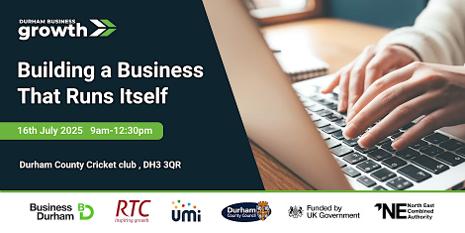
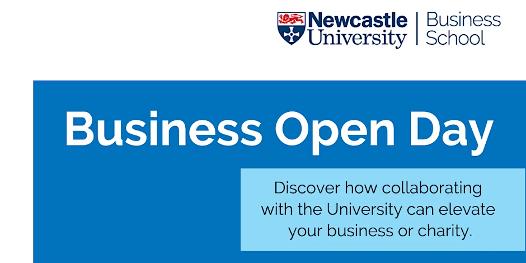
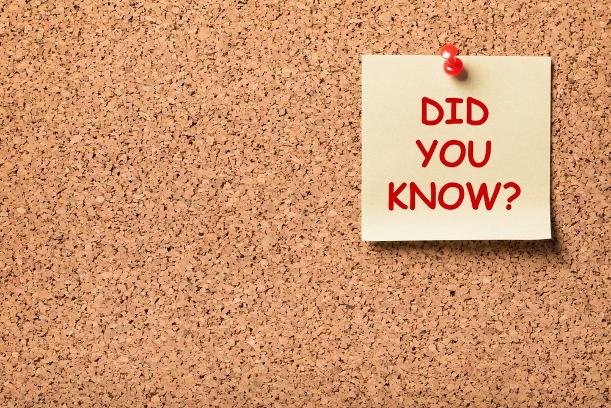
The world's largest retailer of furniture is IKEA, which started as a mail-order business selling matches, pens, and wallets
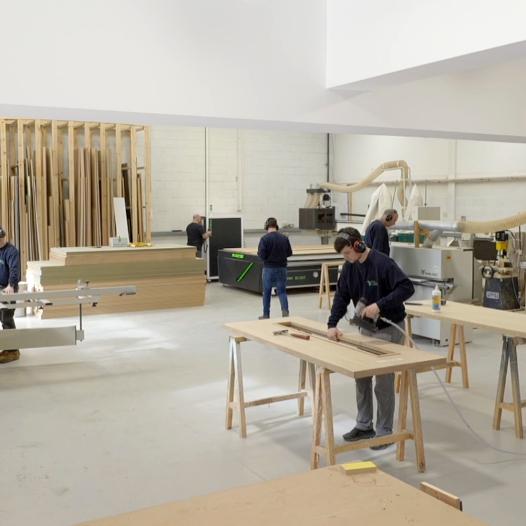
YouTube's first video was uploaded by co-founder Jawed Karim and was titled "Me at the zoo" It's 18 seconds long
3M invented Post-it Notes by accident when trying to create a super-strong adhesive. The result was a weak, removable glue that became a billion-dollar product.






The Art of Saying No Without Burning Bridges
In the corporate world, the word "no" has become professional kryptonite We've been conditioned to believe that saying yes to every request demonstrates dedication, ambition, and team spirit. But this mindset is quietly sabotaging careers and crushing organisational effectiveness The most successful business leaders understand a counterintuitive truth: strategic saying no is what separates high performers from the perpetually overwhelmed.
The Yes Epidemic
Modern business culture has created an environment where declining any request feels like professional suicide Employees fear that saying no will be perceived as laziness, lack of ambition, or worse? disloyalty This fear drives professionals to overcommit, leading to missed deadlines, compromised quality, and eventual burnout.
The irony is that chronic yes-saying actually damages your professional reputation. When
you accept every assignment,join every committee, and attend every meeting,you dilute your effectiveness across all activities Your colleagues begin to see you as someone who lacks discernment and strategic thinking? qualitiesessential for leadership roles
Reframing No as Strategic Leadership
The key to sayingno professionally lies in understandingthat you're not rejecting people? you re prioritising value. Every yes to one thing is an implicit no to something else. When you frame your decisionsthis way, saying no becomes an act of strategic leadership rather than personal rejection
Consider howyou might respond when asked to take on a project that doesn't align with your current priorities Instead of a flat "I can't do that," try: "I want to ensure I can deliver the quality resultsthis project deserves Given my current commitment to the Q3product launch, I
wouldn't be able to give this the attention it needs. However, I'd be happy to discuss how we might approach this after the launch is complete"
The Appreciation-Context-Alternative Method
Successful professionals use a three-part framework when declining requests:
Appreciation: Start by acknowledging the value of the request and expressing gratitude for being considered This demonstrates that you understand the importance of what s being asked.
Context: Provide specific information about your current commitments and why taking on additional work would compromise your ability to deliver excellence. This isn't about being busy? it's about being strategic
Alternative: Whenever possible, offer a different solution. This might involve suggesting another person who could handle the request, proposing a modified timeline, or identifying a different approach to achieve the same goal
Timing Your No
The speed of your response matters as much as its content. Saying no immediately after a request can seem dismissive, while waiting too long can create false expectations. The optimal approach is to acknowledge the request quickly, ask for time to consider it properly, and then respond within 24-48 hours with a thoughtful decision.
For example: "Thank you for thinking of me for this opportunity I want to give this proper consideration alongside my current commitments. Let me review my priorities and
get back to you by Thursday morning."
Industry-Specific Approaches
Different business environments require tailored strategies for saying no:
In consulting environments, frame your no around client impact: "To maintain the quality standards our clients expect, I need to focus on delivering exceptional results on current engagements before taking on new ones"
In corporate settings, align your response with company objectives: "I'm committed to ensuring our team meets the strategic goals outlined in the quarterly review Taking on additional projects would compromise our ability to deliver on those priorities."
In startups, emphasize resource optimisation: "Given our lean structure, I want to ensure we're maximising impact with our limited resources. I believe focusing on fewer initiatives will drive better results."
The Relationship Investment
Saying no effectively actually strengthens professional relationships When you consistently deliver excellence on your commitments rather than spreading yourself thin, colleagues learn to trust your judgment. They begin to see your yes as more valuable because it's selective and thoughtful
Moreover, helping others understand your decision-making process can improve their own strategic thinking When you explain how you evaluate requests against your priorities, you're modeling the kind of strategic leadership that drives organisational success.
Building Organisational No Culture
Leaders who master the art of saying no often create cultures where their teams feel empowered to make similar decisions. They establish clear priorities, communicate them effectively, and support their team members when they need to decline requests that don't align with those priorities
This cultural shift can transform organisational effectiveness Teams become more focused, projects receive adequate resources, and quality improves across the board
The Long-Term Perspective
Remember that your career is built on a foundation of delivered results, not accepted
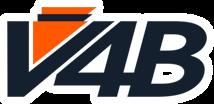
requests. The professional who saysyes to everything may seem helpful in the short term, but they rarely advance to senior leadership positions Those roles require the ability to make difficult decisions,prioritise effectively, and maintain focus on what truly matters.
The art of sayingno without burning bridges isn't about beingdifficult or uncooperative It's about being strategic,maintaining relationships,and deliveringexceptional results where they matter most. Master this skill, and you'll find that your professional relationships become stronger,your work becomes more impactful, and your career trajectory accelerates.

What'sOnSouthWest
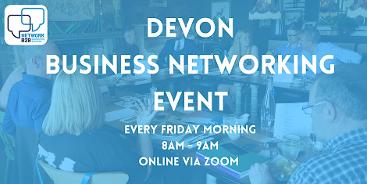
free event

click here for tickets

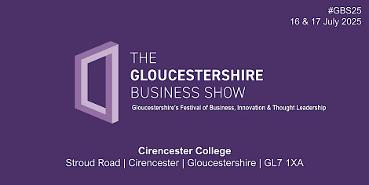
free event
click here for tickets

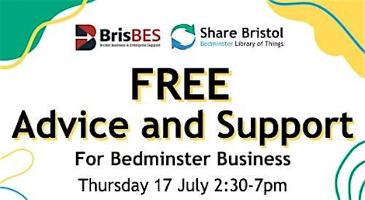
free event
click here for tickets
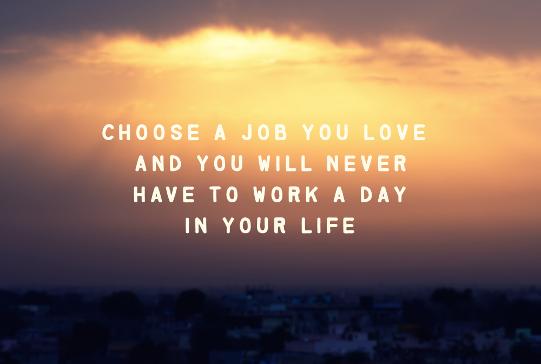

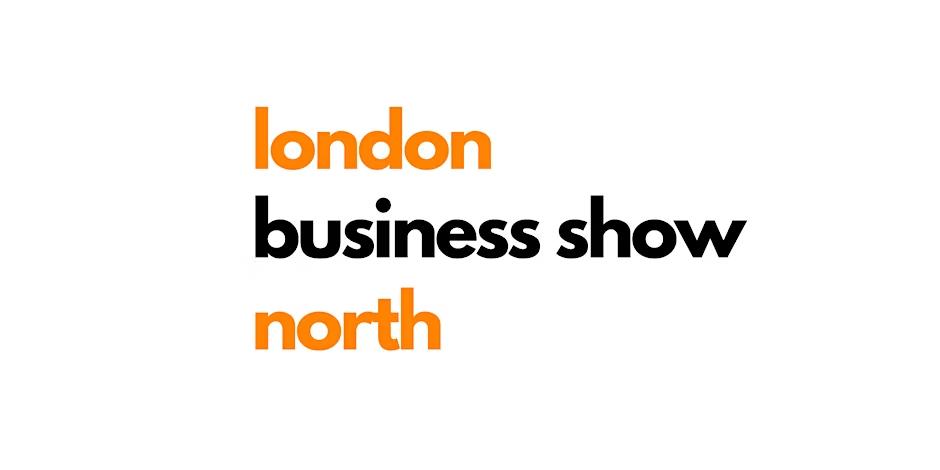
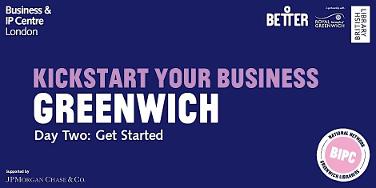
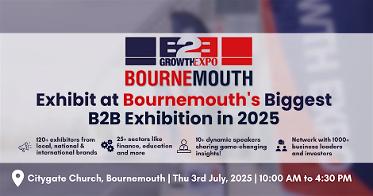
Photo by Ade arman on Unsplash

The New Executive Uniform: How Power Dressing Evolved in the Remote Work Era
The corner office may have disappeared, but the corner of your bedroom has become the new boardroom As executives across the globe adapted to remote work, something unexpected happened: the traditional power suit didn't just loosen its tie? it underwent a complete transformation.
"I haven't worn a blazer in two years, but I feel more confident than ever," says Sarah Chen, CEOof a fintech startup that went fully remote in 2020 "My power uniform now is a perfectly fitted cashmere jumper and statement earrings It's smart, comfortable, and authentically me"
Chen's experience reflects a broader shift in how business leaders think about professional presentation The rigid dress codes that once dominated corporate Britain have given way to something more nuanced: intentional dressing that prioritises comfort, authenticity, and camera-ready presence over traditional formality
The Death of the Daily Suit
Before remotework, executive wardrobes followed predictable patterns. Men defaulted to suits in navy,charcoal, or black? often from Savile Row or at least aspiring to that standard. Women navigated the complexterrain of blazers, pencil skirts, and the eternal question of whether to wear heels on the Tube The message wasclear: look the part, even if the part felt like a costume.
The pandemicshattered these conventions overnight. Suddenly,executives found themselves leading million-dollar deals from kitchen tables,wearing pajama pantsbelow perfectly pressed button-downs The cognitive dissonance was jarring? and liberating
"The suit was armor," explains Dr.Jennifer Baumgartner,a psychologist who studies the relationship between clothing and identity "When that armor becameunnecessary, people discovered they could project authority in other
ways. The result is a more authentic form of power dressing"
The New Rules of Remote Authority
Today's executive uniform isn't about following rules? it's about understanding principles The most successful remote leaders have mastered what style experts call "strategic casualization": the art of looking polished and professional while prioritizing comfort and personal expression
The modern executive uniform has three core components: the confidence piece, the comfort foundation, and the camera enhancer The confidence piece is that one item that makes you feel unstoppable? perhaps a vintage watch, a bold necklace, or a perfectly tailored blazer in an unexpected color. The comfort foundation ensures you can move through your day without physical distraction The camera enhancer considers how you appear on screen, emphasizing colors and textures that translate well through video calls.

Michael Rodriguez, a FTSE250 executive who manages a global team from his home office in Brighton, has refined his approach to remote power dressing "I invest in quality pieces that work hard," he says. "Amerino wool henley looks casual but feels substantial. Premium chinos that fit perfectly. Acashmere cardigan that I can throw on for important calls Everything needs to multitask"
The Psychology of Comfort Authority
The shift toward comfort-forward executive wear isn't just about convenience? it's revealing something profound about the nature of authority itself. Research from Northwestern University shows that when people feel physically comfortable in their clothing, they're more likely to engage in abstract thinking and creative problem-solving.
"There's a reason why the most innovative tech leaders have always bucked traditional dress codes," notes fashion historian Dr. Amanda Walsh. "Comfort clothing removes a layer of cognitive load, freeing mental energy for more
important decisions."
This doesn't mean standards have disappeared Instead, they've evolved. The new executive uniform requires more intentionality, not less. Without the structure of traditional business attire, leaders must curate their appearance more thoughtfully
The Investment Shift
The economics of executive wardrobes have also transformed. Pre-pandemic, a typical C-suite professional might own dozens of suits, multiple pairs of dress shoes, and an arsenal of accessories Today's executive wardrobe is smaller but more strategic
"I used to spend thousands on suits I'd wear once or twice," admits Lisa Park, a marketing executive who relocated from London to Edinburgh during the pandemic "Now I invest in fewer, higher-quality pieces that I actually enjoy wearing. A£250 cashmere jumper that I wear weekly is a better investment than a £600 suit that hangs in my wardrobe"
The focus hasshifted from quantity to quality, from conformityto curation Executives are rediscovering the joy of dressing for themselves while maintainingprofessional credibility
Looking Forward
As hybrid working models become permanent fixtures in UKcorporate culture, the executive uniform continuesto evolve. The most successful leaders are those who've mastered the art of "code-switching"? effortlessly transitioning between casual home office attire and more formal in-person presentations.
The new executiveuniform isn t about abandoning professionalism? it's about redefining it. In a world where authenticity drives trust and comfort enhances performance,the power suit has given way to power dressing that actually empowers
The corner office maybe gone, but the corner of your closet has never been more important. The question isn't whether you look likea CEO? it's whether you feel likeone


